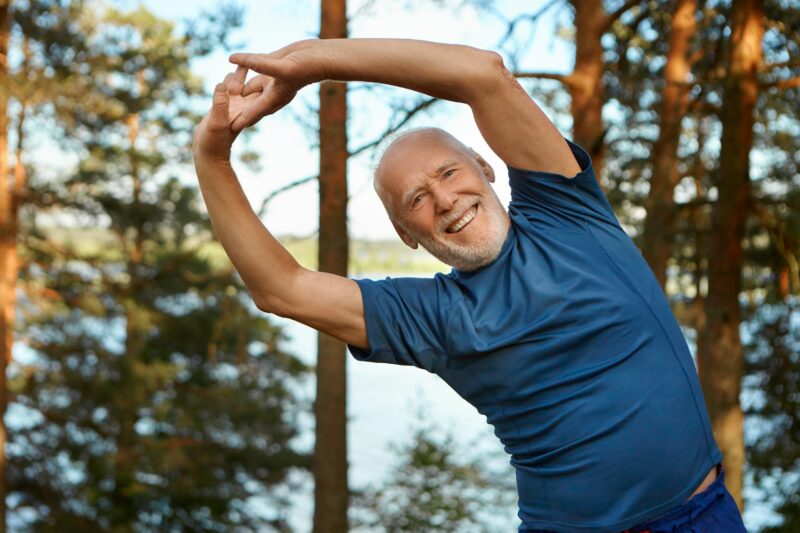
Why Should You Start Hiking?
- Hiking is more than just fun – it is good for you too!
- Studies & research have shown that regular exercise not only improves your overall health and fitness, but lengthens and improves the quality of our lives.
- Regular physical activity reduces the risk of dying of coronary heart disease and decreases the risk for colon cancer, diabetes and high blood pressure (hypertension)
- It also helps to control weight; contributes to healthy bones, muscles and joints; helps to relieve the pain of arthritis and is associated with fewer hospitalizations and physician visits.
- Walking/hiking are low-impact activities, which means that while you benefit from the cardiovascular workout, you do so with minimal stress, strain and pounding to your body.
- Hiking and outdoor activity are good for your overall mental health. According to studies conducted by the National Alliance for Mental Illness (NAMI), “A ccess to nature has also been found to improve sleep and reduce stress, increase happiness and reduce negative emotions, promote positive social interactions and even help generate a sense of meaning to life. Being in green environments boosts various aspects of thinking, including attention, memory and creativity, in people both with and without depression. “
How to Prep Your Body For Your First Hike
- Avoid doing a long hike the first time out. Steadily add distance to build up to longer walks and eventually hiking.
- Walk, don’t drive. Walk to the supermarket with your backpack and fill it up with your groceries. Walk to a nearby park to enjoy your lunch rather than eat in the break room. There are many other ways that you can quickly Turn Everyday Activities into Exercise as well.
- Bike your way to fitness. Stationary or not, biking is a great exercise for the legs and offers a varying degree of cardiovascular exercise as well.
- Step into fitness. Though staircases are often hidden in large buildings as part of the fire escape system, that doesn’t mean you can’t use them! Choose to take the stairs instead of the elevator. Your fitness tracker will reward you with more steps and when you reach a steep incline on the trail, your legs will thank you for all of the practice!
You Can Receive Expert Advice From a Physical Therapist
A Physical Therapist can design a specific exercise program unique to you. A program will likely include:
- Strengthening exercises for the lower extremities and core musculature to maximize your balance and stability
- Stretching exercises to minimize overuse injuries, such as tendonitis
- Instruction and education on proper footwear, fitting of backpacks and other ergonomic and body mechanics recommendations.
- Your therapist might recommend that you receive a Functional Movement Screening to evaluate the quality of your movements first, identifying which ones are green/good-to-go and which are putting you at risk for injury if you were to begin loading the movement or taking to a hiking regime too quickly.
Keep Reading
Move Well Before Moving Often
Learn to move well before moving often. Learning how [...]
How to Incorporate Nutrition and Supplements Into Your New Year Resolutions
Making Healthy Food Choices We [...]
Are Your Workouts Giving You What You Want?
How much thought have you put into the [...]
5 Reasons You Need a PT To Coordinate Your Fitness Regimen
Physical therapists aren't just for people that are [...]
Can’t straighten your knee all the way? Try this | Self-Manipulation Techniques
Watch as Sydney Folk, PT, DPT demonstrates [...]
Protect Against Alzheimer’s Disease: How to Decrease Your Risk of Mental Decline
Alzheimer’s disease is a progressive mental decline affecting one’s [...]







